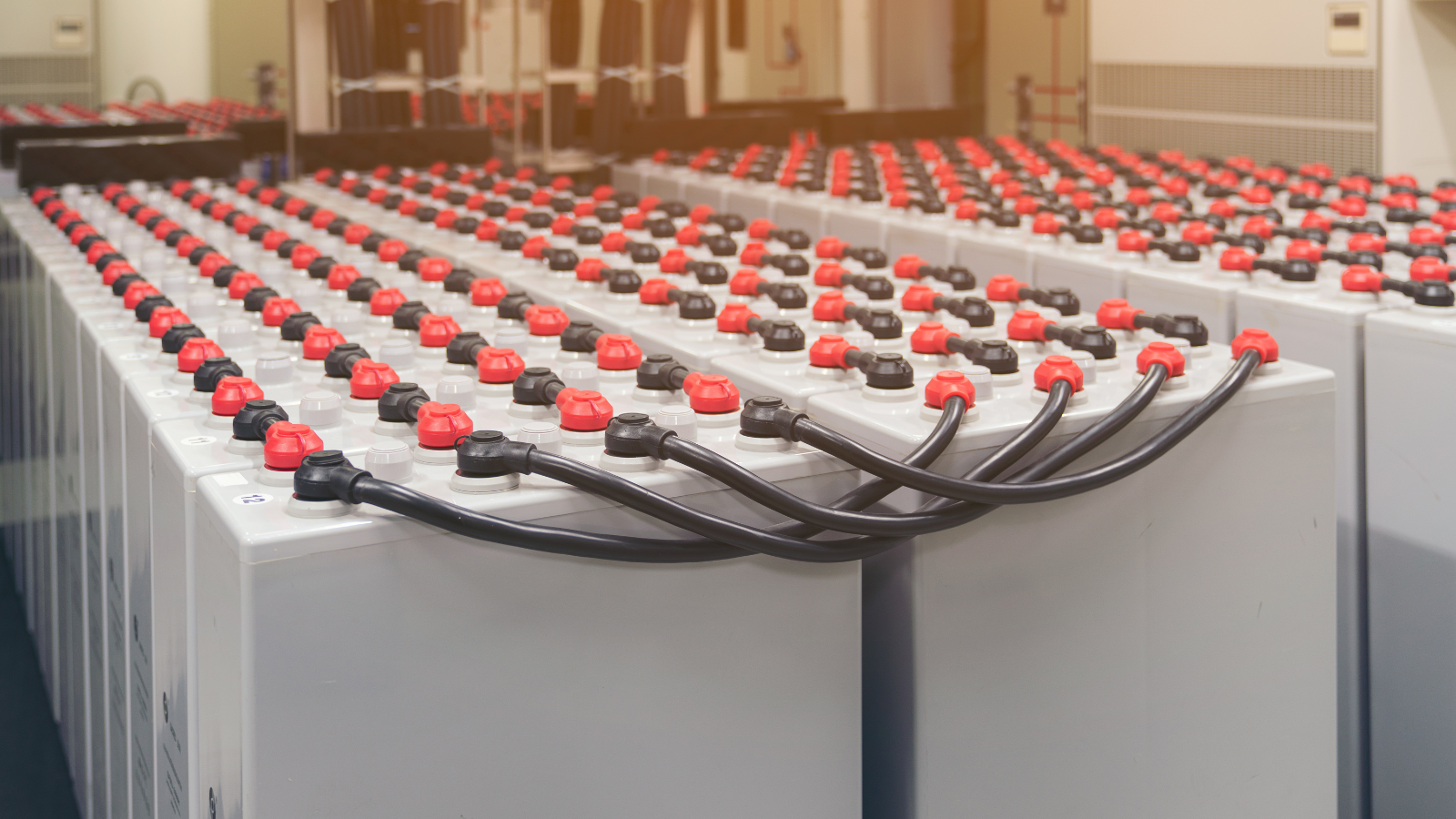Don’t Over Egg It – Know Your Autonomy
Secure Power is receiving an increasing number of quote requests for UPS solutions that are far greater than the customer’s actual needs. On such an occasion the client may have specified the requirement for a UPS solution capable of delivering 6 to 8 hours of autonomy, however upon closer inspection their actual business needs may be much lower and a smaller UPS system providing 1 hour of autonomy, may be sufficient.
Over-sizing, or running a UPS solution at too low a load, has a whole host of cost implications - not just for the initial higher outlay of the unit but also due to increased energy consumption and maintenance costs, which when combined result in a much higher than average Total Cost of Ownership (TCO) figure.
At the opposite end of the scale, under-sizing or running a UPS unit at too high a load, with the aim of reducing initial costs is also false economy as this will have a detrimental effect on the system’s overall efficiency levels, leading to inevitable system failure in the future.
Calculating the correct level of autonomy therefore, that accurately represents your business needs, is crucial. The following blog outlines the basics of what battery autonomy means in relation to UPS systems. It looks at the function of a UPS unit, the conditions under which the UPS system is activated and the levels of autonomy that are generally suitable for most businesses.

What is battery autonomy in relation to UPS systems?
Battery autonomy, also referred to as battery backup, battery runtime or discharge time is a term that refers to the period of time (in minutes or hours) that a UPS battery will last for at a specified load level in the event of a power outage. In more simple terms, it refers to the length of time the UPS system is able to run solely off battery power – this may be a few minutes or it may extend for up to several hours.
Determining the autonomy you need is a vital part of selecting the correct UPS solution. Get it right and you have a reliable power protection strategy in place that offers scalability for additional equipment with reduced overall TCO. Get it wrong and you will either be throwing money down the drain or your back-up plan will fail when you need it the most.
The reality of power outages
Momentary breaks in electrical supply networks (less than 10-20 milliseconds) are more common than most people realise. These can be caused by a number of factors including storms, high winds, lightning strikes or electrical distribution equipment failures on the National Grid. Although the only visible sign of a momentary break in supply may be lights flickering or dimming as the power grid recovers, the transitory break can cause serious damage to sensitive electrical equipment.
Complete power outages occur less commonly than the above and can again, be caused by numerous factors which include either natural causes, human error or overload. While these blackouts last considerably longer than a momentary break in supply, approximately 80% of all power outages will only last for less than 5 minutes in total.
Function of the UPS system
The primary function of any UPS unit is to provide an emergency back-up supply when the electrical power fails or drops to an unacceptable voltage level. Should such an event occur, the UPS system will ensure the electrical equipment it is protecting will continue to receive a consistent power supply by switching from the mains (alternating current or AC supply) to the UPS inverter (direct current or DC supply) powered via the UPS battery or series of batteries.
This process allows essential electrical equipment to keep running for a short period of time until a safe, orderly shutdown can be performed, safeguarding critical applications from data loss and corruption.
How much autonomy do I need?
The level of autonomy you actually need will depend on the network, hardware and software applications that your UPS solution is protecting.
In the majority of business scenarios, applications only need a short duration battery runtime of around 5 – 10 minutes to allow the UPS system to support the load during either a momentary power break (of a few milliseconds) or complete power outage (of under 5 minutes).
Longer runtimes of around 30 minutes to one hour may be required where a site has no standby power generator or where sufficient battery runtime is needed to allow for an orderly shutdown of equipment in the event of a complete mains failure. Runtimes of 2 – 8 hours or more can be specified for businesses with more complex operational needs.
When normal power returns, the UPS unit will automatically recharge its battery/batteries. This process will generally take approximately 24 hours for the battery to reach 80% of its full capacity.
Where a longer runtime has been specified the UPS system must be sized with sufficient charging capacity to allow the batteries to recharge within this timeframe. For example, a 2kVA load requiring a 12 hour battery runtime would need a 6kVA sized UPS solution to fulfil its charging capacity.
In general terms, the longer the specified runtime, the greater the overall battery investment will be due to both the energy costs of recharging a larger battery/batteries and the increased costs of replacing them.
The risk assessment questions you need to ask as part of your overall power protection plan
- How do I plan to operate my business during a power outage?
- What critical applications will my UPS solution be supporting?
- What is the total load of these applications?
Look at the loads you actually have. Power consumption will be stated in either Watts (W) or Volt-Amperes (VA) and will typically be found on the label on the back of the equipment. As a basic guideline, calculate the sum of all these applications and multiply this figure by 1.2. This represents the maximum size in VA or kVA that your UPS system should be.
- How much runtime do I actually need?/ How much transfer time do I require before my backup generator kicks in?
Do you really need 8 hours of autonomy when each of your applications only require 30 minutes to shut down or do you actually need a longer runtime? If processes need to remain operational at all times, consider combining your UPS solution with a backup generator as this may prove a more cost-effective solution in the long-term.
Summary
In short, it is easy to exaggerate the degree of autonomy required in a UPS system however for most business needs it is, quite simply, not a cost-effective solution to do so. Having an accurate understanding of what your operational requirements actually are allows providers, such as Secure Power to quote for and suggest solutions that meet your genuine needs while still allowing for future expansion.
Combining all of the above factors; risk assessment, the role the UPS solution has in supporting your operational needs and the level of autonomy actually required, will allow for a much more accurate representation of your backup power protection requirements. Ultimately this will ensure you don’t over-egg it, instead purchasing the correct UPS system at the correct price and potentially saving thousands of pounds over the lifetime of the system.
Still unsure what you need? The team at Secure Power are always here to help! Simply call one of our technical advisors on 0800 080 3118 or email [email protected].
Secure Power has been providing critical power solutions for over a decade and has an industry wide reputation for delivering first class backup power services. The company offers a wide range of UPS end-to-end project management solutions alongside ongoing maintenance and service works, battery testing, removal and relocation.














